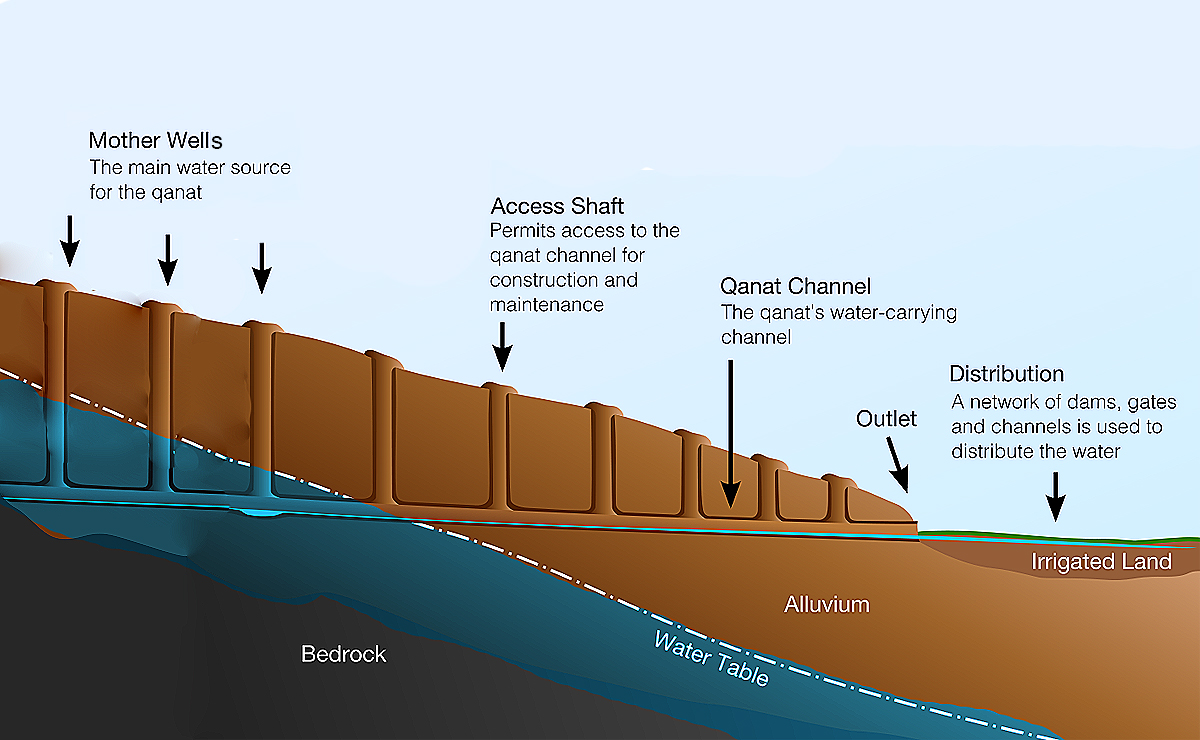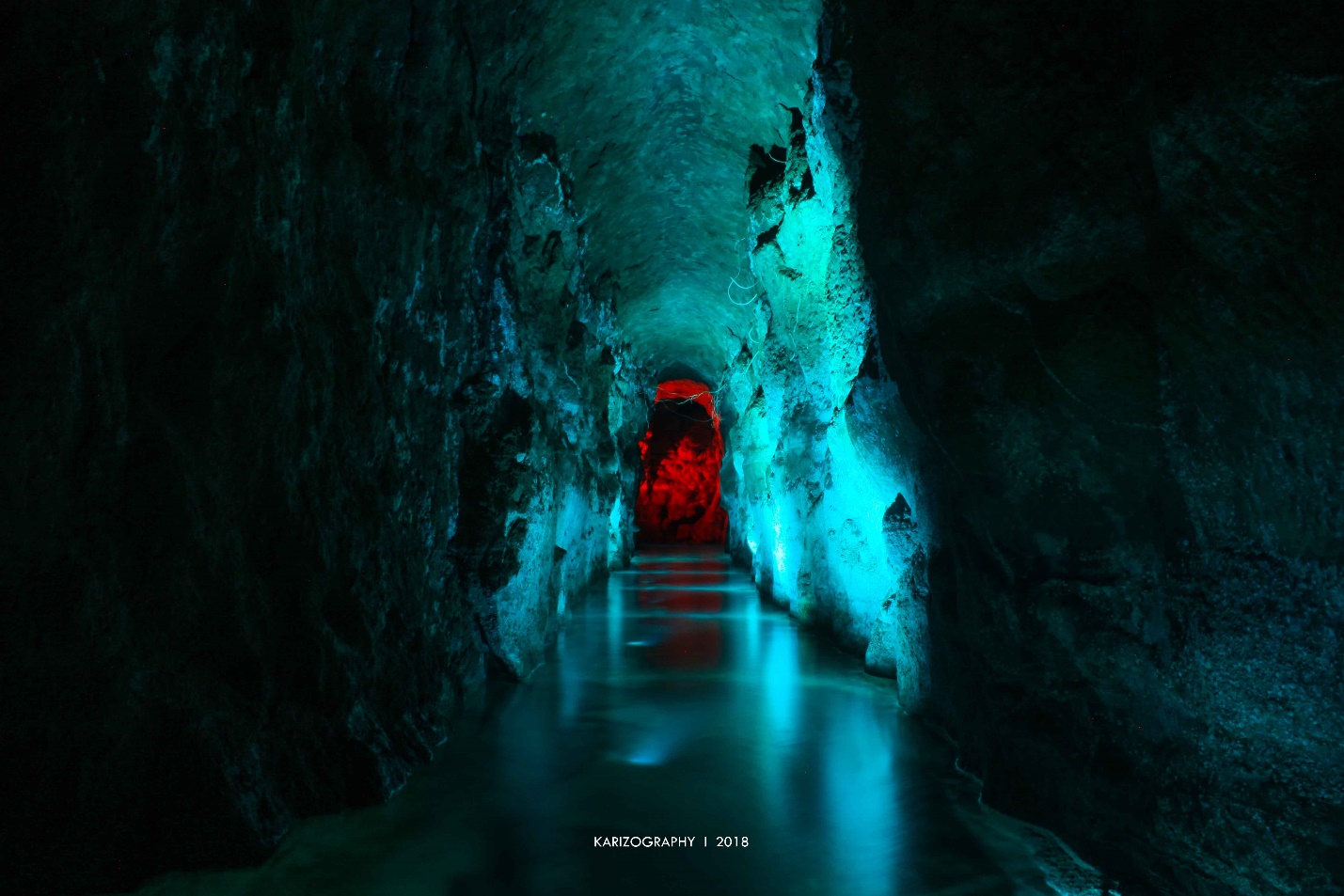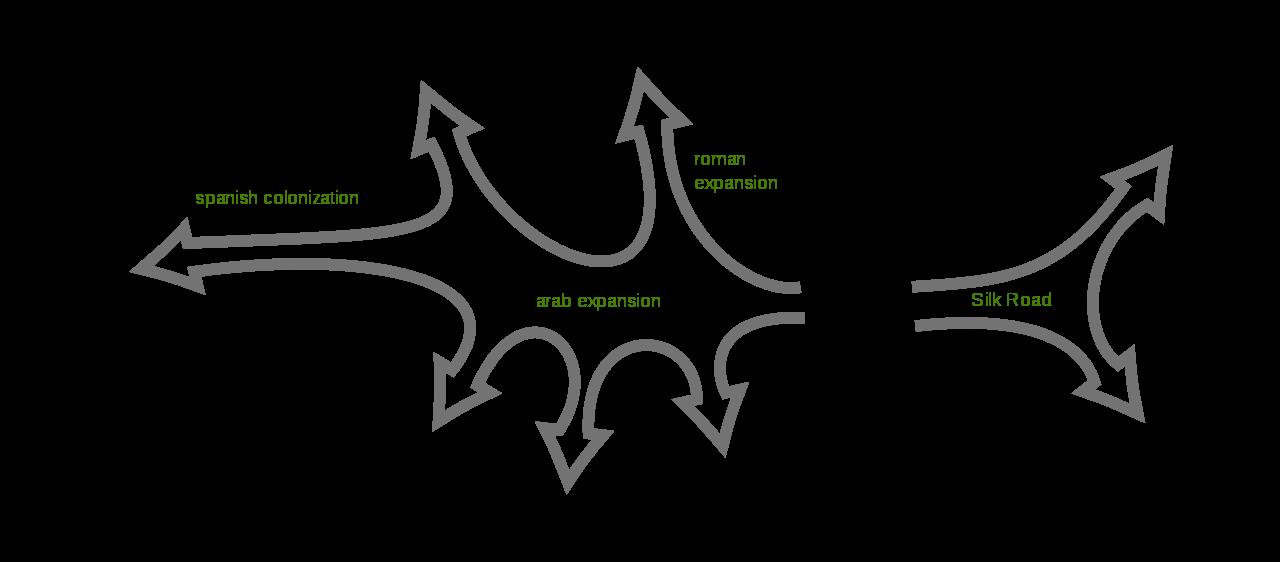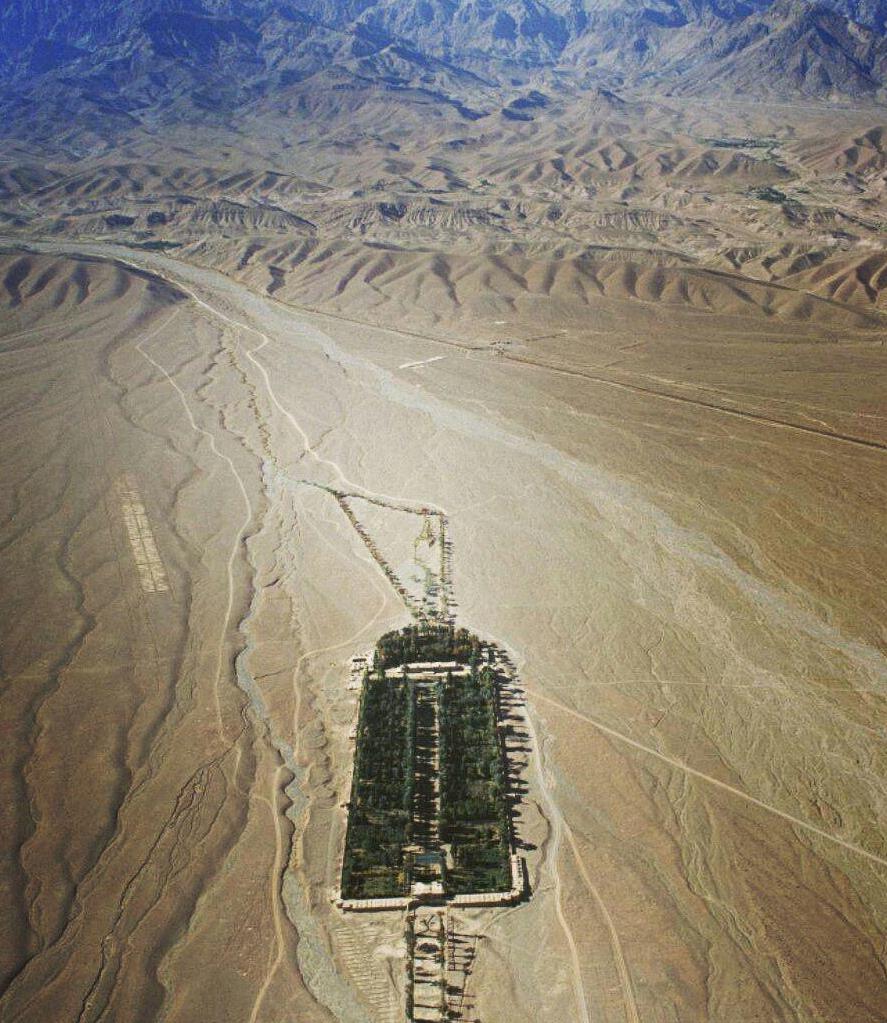--연구원 칼럼(舊)
객원연구원 논문 Qanat 1.
객원연구원 Mahdi Hajikhani




Qanat (Aqueduct)
Symbol of Iranian efforts to achieve water
In the early part of the first millennium B.C., Persians started constructing elaborate tunnel systems called Qanats for extracting groundwater in the dry mountain basins of present-day Iran .(Figure 1)
The historical record of Qanat in Iran is documented in the inscriptions of Sargon II , king of Assyria (705-722 BC).
The Qanat technique was create in Iran, developed in Iran and moved from this land to other lands.
Henri Golbot considers the origin of the Qanat northwest of present-day Iran. According to his hypothesis in the Iranian cultural domain, the Qanat was invented by Akkadian miners. These miners have been exploring the Zagros Mountains in search of copper minerals that have been hit by groundwater aquifers. They solved this problem by creating drainage on the floor of the mine and accidentally using the Qanat technique. (Figure 2)
The Qanat terminology.
It is an underground canal dug by humans and created to collect fresh water and transport it to the surface for agricultural, human and livestock purposes. In Iran and Central Asia, it is called " Qanat and Kariz". In the Arab countries, it is called "Foggara". Kariz is a Persian word
The word Kariz is more commonly used in eastern Iran, Afghanistan, and Central Asia. In Western Iran, the word Qanat. It is the Arabicized Qanat of the Persian Kanat, derived from the verb “dig” (Figure 3)
Why is it important to build Qanat?
Today, water has emerged as a geopolitical issue and affects governments' relationships. Although shared waters such as rivers, seas and lakes are the source of joint cooperation and the conclusion of numerous treaties, they intensify competition and conflict between nations as they become a scarce resource.
As the rain falls on the Earth, some of the precipitated water evaporates and returns to the Earth's atmosphere. Submerged waters in the ground provide water under favorable conditions for underground aquifers. Residents of arid regions of the earth have long tried to restore groundwater to the surface and use it for human and animal use and for irrigation of arable land.
A very important part of the Iranian plateau is in arid regions and the rainfall in this area is not responsive to agricultural needs. For this reason, the search and recovery of groundwater has a long history in the history of Iranian agriculture and civilization. (Figure 4)
When it rains on Earth, part of the precipitated water evaporates and returns to the Earth's atmosphere. Underground aquifers provide water.
Residents of arid regions of the earth have long tried to restore groundwater to the surface and use it for human and animal use and for irrigation of arable lands.








 댓글 0개
| 엮인글 0개
댓글 0개
| 엮인글 0개


 인쇄
인쇄 스크랩
스크랩







